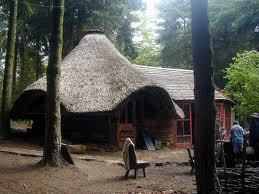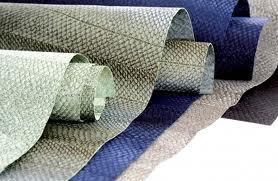This year’s Festival theme is Fire in the Heart. It sounds simple, effective as a theme but, to be honest, I have struggled with the concept, feeling that I haven’t had any fire in my own heart for what seems like a long time. This, in turn, effects my faith in my capability, as the Festival Decor Co-ordinator, to convey this theme visually to a festival full of people without just falling back on the obvious symbols of love hearts and flames. I can see that these do have their place, but there is much more underlying this theme and that is what I have been struggling to connect with. Intellectually I see inspiration, passion, determination, beauty and these are all ideas that I try to put very solidly at the forefront of my life. However, I feel that lately I have had a lack of emotional connection to these qualities. I have wondered why and have come up with two possible reasons:
1, I am scared of realising the full power of this theme to launch me into the stratosphere of emotional, spiritual, physical understanding.
2, I am not giving myself enough credit for how far I come in the last year and the lack of obvious moments of passion or inspiration make me feel that I have had no inspiration or passion. Which simply is not true.
It’s only now, after having been able to gain some valuable perspective over the shifts in my life, that I have realised there has been fire burning in my heart throughout it all. The determination not to be beaten, the pockets of inspiration that I come across all feed this fire that gently warms me and guides me to places and activities that will feed it further.
During this time I have had on my own I have faced many aspects of myself that I don’t like, have had many people reflecting things back to me in compassionate and not so compassionate ways. For much of this year I have felt like I have been walking through a thick fog only being able to see my hands in front of me. The more the fog lifts, the more curious I am in testing my strength to see what I am capable of. I watch others unfold as well, blooming more and more vibrantly in the promising sunshine.
For those of you unfamiliar with the Metta Bhavana, it is a practice of cultivating loving kindness for all beings including yourself, which for many people is the hardest aspect. It is the practice that I find most difficult because of its honest undoing of dark as well as light, accepting it all as something that is a part of who I am. The practice isn’t about trying to convince yourself that you are good or pure or to try to convince yourself that you don’t have an issue with someone you are having difficulties with. It is about bringing awareness around a situation, understanding how it is making you feel and what is behind that feeling so that you can move forward with a greater understanding. I get jealous often, it can be debilitating, drawing me into a world of not being good enough, not getting to a place, state of mind, quickly enough. What I have come to understand is that this is the reaction, when I get jealous it is because I am not meeting a need of my own. There is something that I have been neglecting and as soon as I go towards that need, the jealousy is diminished.
I see that this theme has brought into my awareness the things that do inspire me. Inspiration is the first step into making something in life a reality. Initially fire in the heart evokes a great image of a captivating blaze but a blaze will not last unless it is fed and as there is so much change and heartache going on in so many peoples’ lives, it is worth learning how to utilise those inspirations, practise the things that bring you joy and see that there is new life everywhere, all the time. There is a fierceness inherent within this theme, something much deeper then just a simple visual interpretation, it is an opportunity to turn the love, that is so easily bestowed on to others, inwards and let passion and beauty bring you guidance.
FInd out more about the Festival, and how to book on the main Buddhafield website.










